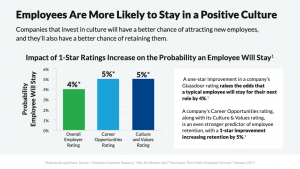Social data is real, and it’s not going away. It’s not a buzzword, not hype, and not industry jargon. It is the best competitive advantage out there, and it’s something that marketers can’t afford to ignore.
Many businesses have access to social data. They’ve moved beyond thinking that it’s a distraction and have embraced it as a potentially valuable tool for growth and profit. But there are still minefields of distraction surrounding social data, even if you’ve convinced the higher-ups that it’s necessary to gather it.
The main question burning a hole in the minds of marketers everywhere is, “What data should I be looking at?” Because while social data is important, it’s not easy to sift through.
In fact, today, marketers are faced not with the challenge of finding data, but rather with the challenge of finding useful data. A recent survey found that only 55 percent of those marketers who have access to social data actually use it in any meaningful way. This means that nearly half of all marketers who are collecting social data aren’t using it. And that’s a problem.
To help solve the problem, marketers should look at their data and determine first, what is relevant, and second, what is distracting.
Relevant data is data that will help you make a business decision. When it comes to social media, any single data point has the potential be relevant – it’s just a matter of attaching context and meaning to that data point.
For instance, knowing that your audience likes red cars… might not be relevant to the majority of businesses. But knowing that their audience likes red cars could certainly help a car dealership with its content, promotions and even inventory.
Social data can help businesses build customer personas, which can guide marketing and promotion decisions; it can alert retailers to the seasonal changes in behavior among their customers; it can generate a complete picture of a competitor’s audience, in order to carve out additional market share. Social data can do all of these things, as long as the data being explored is relevant.
When preparing a report about the number of Twitter followers you have, how many engagements your last Facebook post got, or new hashtags popping up on Instagram, ask yourself whether this data will ultimately help you and your team make a business decision.
Distracting data often looks nice. It sounds good. The numbers might be impressive. But the true test is whether it is actionable. So what if you earned 150 new followers this week? What action will that enable you to take?
The ratio of relevant to distracting data will be different for every business, but in most cases, the distractions will always far outnumber the valuable data points. That’s why there is no golden rule of what data is “good” and what data is “bad” – the answer is complex, and the good is usually hard to see, resulting in marketers simply giving up.
However, if you can identify what is relevant to your business – the social data that enables you to make informed business decisions – you’ll have a huge edge on the competition.
Business & Finance Articles on Business 2 Community(77)
Report Post







